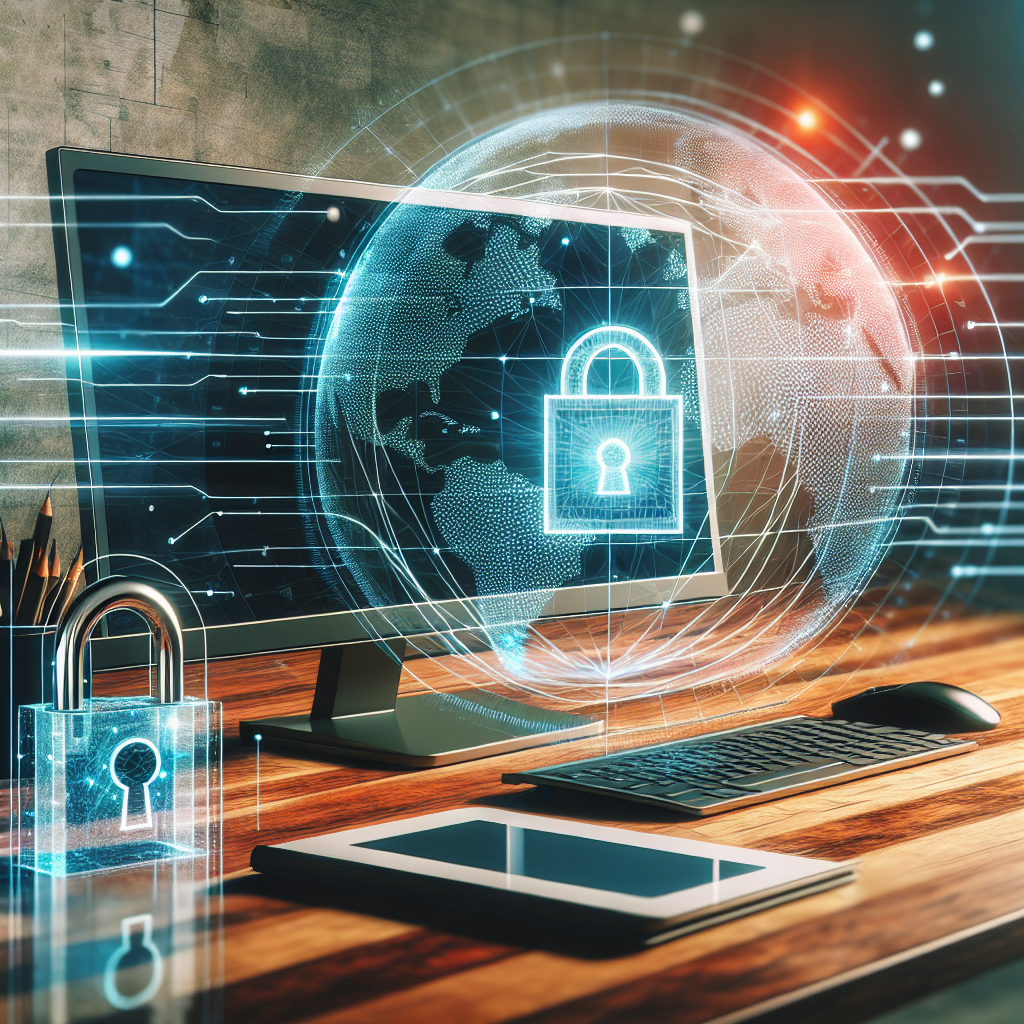In today’s digital age, privacy and security are of utmost importance. Connecting to a Virtual Private Network (VPN) is a fundamental step to protect your online activities from prying eyes. Whether you’re a seasoned tech enthusiast or a complete beginner, this guide provides everything you need to know about connecting to a VPN.
Understanding VPNs
A VPN, or Virtual Private Network, creates a secure, encrypted tunnel between your device and the internet. This tunnel shields your online actions from hackers, ISPs (Internet Service Providers), and even government surveillance. It essentially masks your IP address, making your online activities virtually untraceable.
Benefits of Using a VPN
| Benefit | Description |
|---|---|
| Enhanced Security | Encrypts your data, providing a secure online experience. |
| Privacy Protection | Masks your IP address, keeping your online activities anonymous. |
| Access to Restricted Content | Allows you to bypass geo-restrictions and access content from different regions. |
| Safe Public Wi-Fi Use | Protects your data when using public Wi-Fi networks. |
How to Connect to a VPN
Choosing the Right VPN Service
The first step in connecting to a VPN is selecting the right service provider. Consider factors such as speed, server locations, security features, and customer support when making your choice. Popular options include NordVPN, ExpressVPN, and CyberGhost.
Setting Up the VPN
Once you’ve selected a VPN provider, follow these steps to set it up:
- Download and Install: Visit the VPN provider’s website and download the appropriate app for your device.
- Create an Account: Sign up for an account and choose a subscription plan.
- Login and Connect: Open the app, log in with your credentials, and select a server to connect to.
Common Configuration Options
Here are some common configuration options you may encounter:
- Server Selection: Choose a server based on your needs, such as speed, location, or specific use cases like streaming.
- Protocol Selection: Select between protocols such as OpenVPN, IKEv2, or WireGuard based on the balance of speed and security you desire.
- Kill Switch: Enable this feature to ensure your internet connection is cut off if the VPN connection drops, protecting your data.
- Split Tunneling: Decide which apps or data should go through the VPN and which should use your regular internet connection.
Troubleshooting VPN Issues
Even the best VPNs can encounter issues. Here are some common problems and solutions:
- Slow Connection Speeds: Try connecting to a different server or switch protocols.
- Connection Drops: Ensure your internet is stable and enable the kill switch feature.
- Access to Content Denied: Clear your browser cache, switch servers, or contact customer support for assistance.
Advanced VPN Tips
For users looking to maximize their VPN experience, consider these advanced tips:
Multi-Device Usage
Most VPN services allow multiple simultaneous connections. Use this feature to protect all your devices, from smartphones to smart TVs.
Double VPN and Onion Over VPN
Some VPNs offer advanced features like Double VPN (encrypting data twice) or Onion Over VPN (routing through the Tor network for extra privacy).
Custom Configuration
Advanced users may wish to manually configure VPN settings on routers or use specific DNS settings for enhanced security and performance.
Conclusion
Connecting to a VPN is a straightforward process that significantly enhances your online security and freedom. By following this comprehensive guide, you can confidently set up and use a VPN to protect your data, access restricted content, and enjoy a secure online experience. Stay safe and keep your data private with the right VPN solution.

